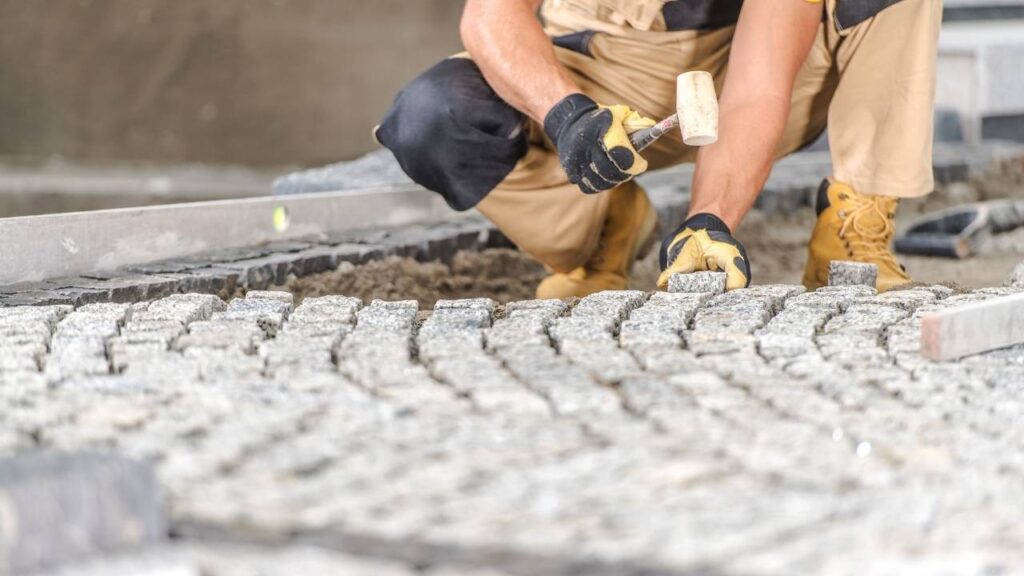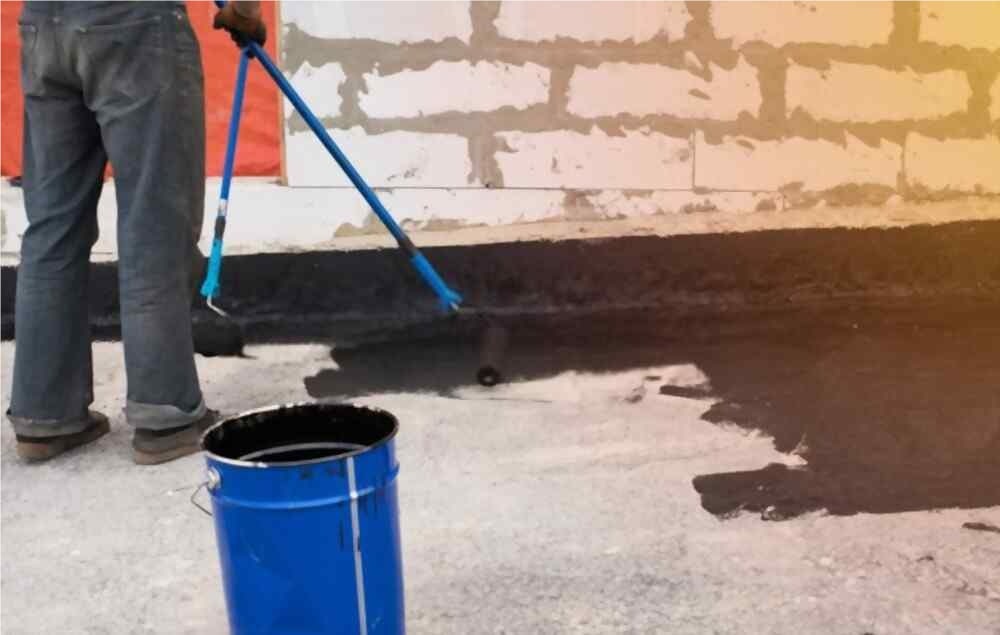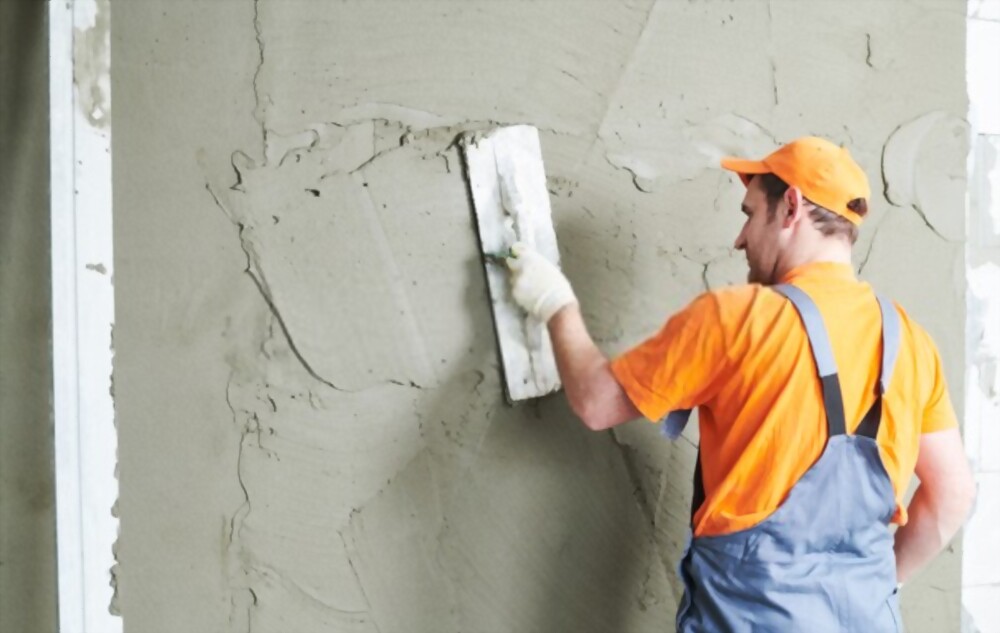This article gives steps on how to repair cracked, crumbling uneven concrete driveway, sidewalks, and patios. It lists the preventive measures for avoiding cracked driveways, common causes of cracks, and lastly repairs that can be implemented.
What causes the uneven concrete driveway?
There are a few different reasons your driveway could crack, but most are easy to fix. Here are the main culprits:
Slumping ground:
If the earth beneath your driveway is gradually sinking or caving in, it can cause the concrete to crack. You can try filling in the cracks with fresh concrete or reinforcing the area with steel beams.
Built-up moisture:
Drives and patios can experience high levels of moisture if they\’re close to a wet spot such as a pool or stream. This moisture can cause the uneven concrete driveway to expand and contract, leading to cracking. To prevent this problem, seal any potential water infiltration points around your driveway, and maintain good drainage throughout the area.
Overuse:
Putting too much weight on a driveway will eventually cause it to wear down faster than the uneven concrete driveway can support. This can lead to cracks in the surface due to uneven compression forces. To avoid this problem, limit how much weight you put on your driveway each day, and replace worn sections sooner rather than later.
Weathering:
Over time, exposed uneven concrete driveway will experience the elements, including rain and snow, which can cause small cracks to form. To prevent this problem, periodically seal any openings in your driveway with a weatherproof sealant.
If you experience any of these signs of driveway cracks, don’t hesitate to call a contractor to inspect and possibly fix the issue.
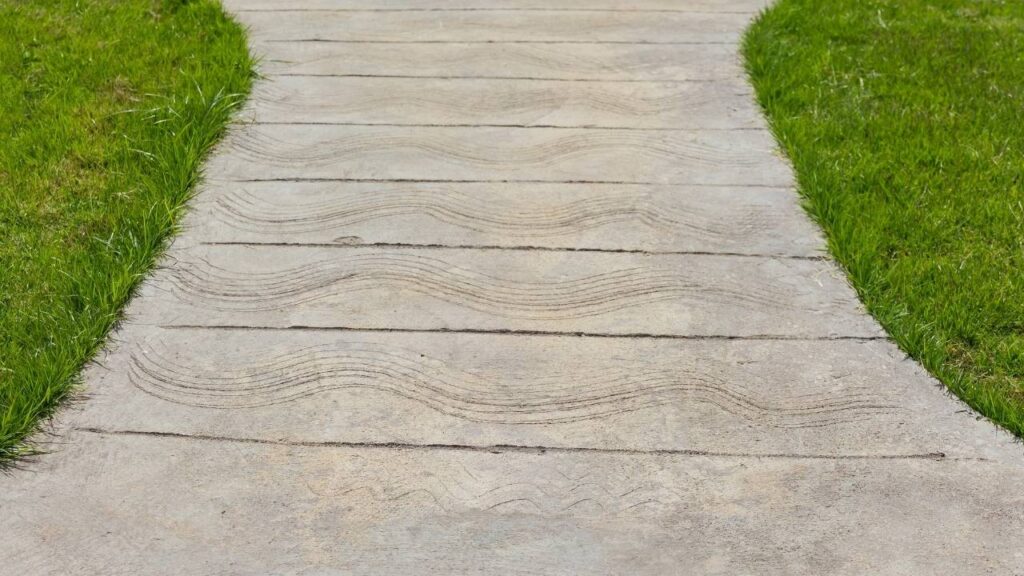
How to recognize cracks in your driveway?
Here are some tips for recognizing cracks in uneven concrete driveway:
- Cracks may start as small circles or pits that slowly grow over time until they form a large hole.
- If the concrete underwent freeze/thaw damage, the cracks will be more visible as depressions in the surface.
- If water is getting into the crack from above or below, the surface will appear wetter than normal due to humidity seeping through the fabric of the uneven concrete driveway.
- If a crack is near an edge, the concrete may be weaker there and may crumble when stepped on or punched.
If you think you may have a crack in your driveway, the best thing to do is check it out before anything serious happens.
Diagnosing the type of crack
There are three main types of cracks in uneven concrete driveway: longitudinal, transverse, and open. In order to diagnose the type of crack, you will need to inspect it from several angles.
Longitudinal cracks are the most common and occur when the uneven concrete driveway shrinks or expands in different directions. They can often be fixed with a mix of epoxy and grit.
Transverse cracks run perpendicular to the surface of the driveway and are usually caused by displacement or settlement.
Open cracks are circular and usually result from failure at the seam between two pieces of uneven concrete driveway. These should be fixed with a patch that is anchored into the ground and covered with a layer of sealant.
If the crack is not fixable, you may need to replace the entire driveway.
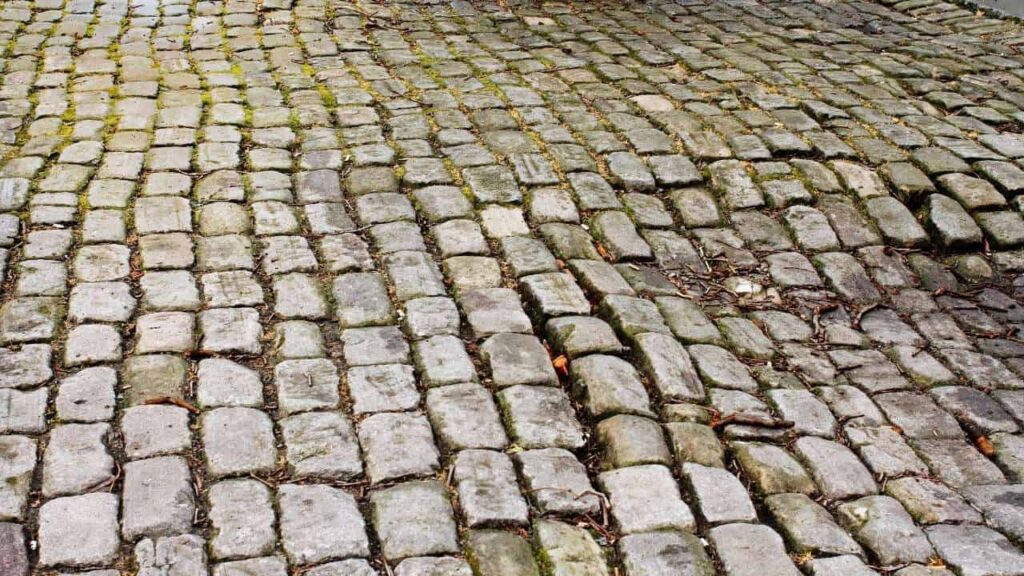
Repairing uneven sidewalks: how to fix uneven sidewalks?
If your driveway or sidewalks display an uneven surface, there are a few things you may be able to do to fix the issue.
Step One: Clean and dry the area.
It’s important to clean and dry the area before beginning the repair process. This will help prevent additional damage from happening. Use a broom to scrub away any dirt, dust, or leaves. Make sure to get into any cracks or crevices. Finally, use a hose to rinse the area clean.
Step Two: Apply a sealant.
Now it’s time to apply a sealant. You can choose between using a premixed product or doing it yourself with a combination of concrete sealer, water, and sand/gravel mix. If you want to do it yourself, levee off the border of the crack with enough sand so that when the sealer is applied it will not flow out of the crack too quickly (this may require wetting down the sand layer).
Once your sealer is mixed and ready to go, pour an even coating over the crack and around its perimeter. Let the sealant dry for at least 24 hours (preferably 48). If there are any bubbles in your sealant after it has dried, pop them with a pin or needle before using.
Step Three: Repair the driveway.
Once the sealant has dried, it’s time to repair the driveway. You can use a hammer and chisel to remove any loose material, then use a trowel to smooth down the surface. Be sure to add back any sand or gravel that was lost during the repair process. Finally, paint or seal the driveway as desired.
If you notice any signs of cracks in your driveway, it’s important to have it inspected as soon as possible. Cracks can lead to more serious problems, so it’s important to take care of them as soon as possible.
Conclusion
By following our simple tips, you can ensure that your driveway, walkway, or patio is back in top condition in no time at all!
Hi Tech Contracting & Restoration Corp provides patio, driveway, and sidewalk repair services in Brooklyn, Queens, Far rocka way, Staten Island, Manhattan, Jackson Heights, Astoria, East Newyork, and surrounding areas. Contact us today for a free consultation!
Learn about: DIY vs. Professional Exterior Waterproofing: What’s Right for You?
Social:

